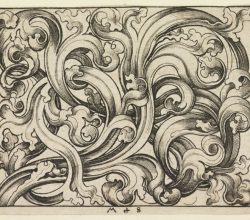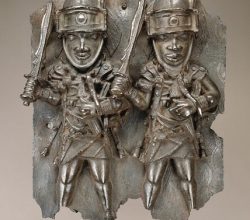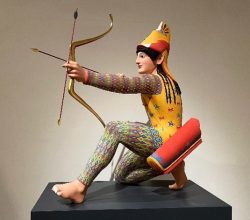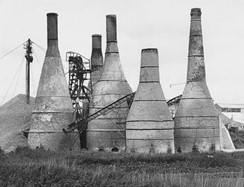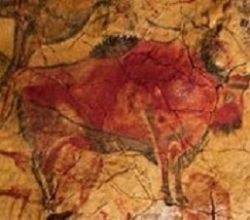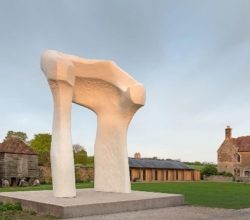
Jennifer Bartlett, Titan of the New York Scene Who Forged a New Path for Painting, Dies at 81
Alex Greenberger | ARTnews | 26th July 2022
Bartlett loved the grid pattern, not so much for its aesthetics but because she “liked to organize things”. Squares were coloured using a maths program, yet somehow this austere-sounding approach produced paintings that retained emotional, and sometimes figurative qualities. Her epic work, Rhapsody (1976), comprising 987 steel plates painted in enamel, was described by one critic as “simultaneously landscape, object, and map”. Bartlett, he said “thought, painted, and lived large”.



